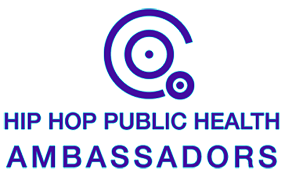Articles
To Rectification – you’ve got the directly to request from us the fresh rectification, without delay, of any inaccurate personal data in regards to you. Is committed to ensuring that your information is secure. We have adopted steps and procedures to avoid unauthorised access otherwise disclosure of one’s information. At the same time, we seek to continue confidential all suggestions you send out to help you all of us.

